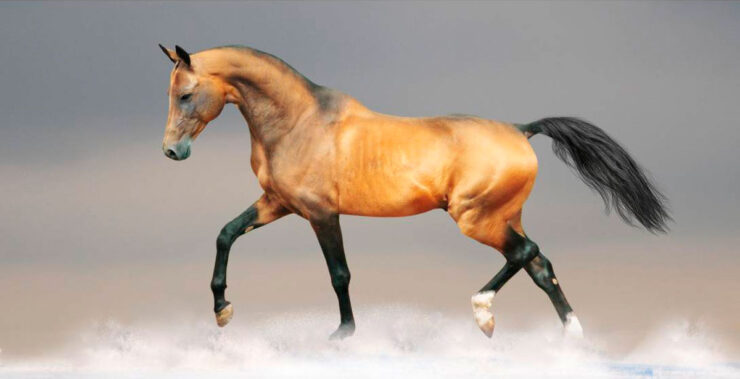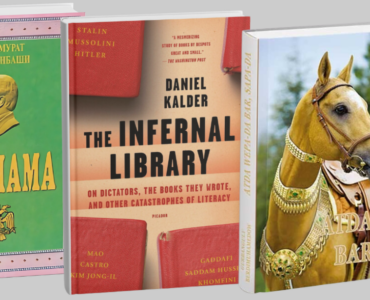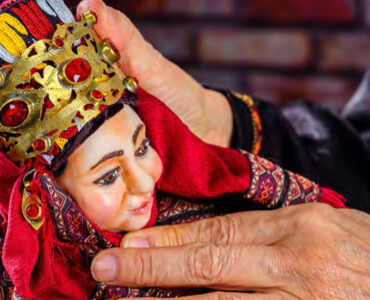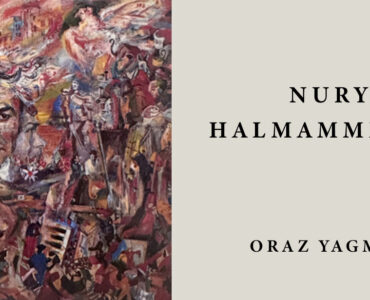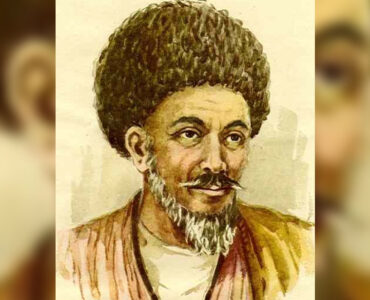The article The Role of the Horse Among the Turkmen, written in 2017 by Alexander A. Kim and Ogulgerek Dzh. Nazarova, discusses the key role that the horse has served in Turkmen history and how it continues to be an important symbol of Turkmen culture.
Historical and Cultural Significance
The tradition of valuing horses in Turkmenistan appeared even before the Turkmen had formed as a people. Most likely it came to them from tribes living on the territory of modern-day Turkmenistan.
The Turkmen people were nomads until the 19th century. Due to this way of life, the horse played a critical role in everyday life, including in survival, transportation, and warfare. Historians estimate that in each tribe there was about one horse per eight people. Families that owned horses were seen as wealthy and worthy of respect.
The Akhal-Teke horse was especially prized in Turkmen culture. It was valued for its exceptional speed, endurance, and unique metallic sheen. They received extra attention when it came to their breeding and training techniques.
Akhal-Teke horse riders could hunt, conduct raids on other tribes and distant states, participate in various ceremonies, and more. Horse riders were always held in high esteem by their kin, and a horse was a mandatory participant in a series of festivals and ceremonies, such as weddings.
The horse’s skilled maneuvering on the battlefield and aiding of its masters in battle is the reason that Turkmen devote numerous songs, verses, legends and tales to the horse. Its image is also portrayed in various forms of art including in Turkmen carpets, jewelry, and other crafts, showcasing their esteemed position in their culture.
Present Day
Today, horses continue to play a prominent role in Turkmen society and are an integral part of various occasions including during weddings, funerals, and sporting events. Horse races continue to be very popular and even women are allowed to participate.
Akhal-Teke horses’ free nature symbolizes strength and beauty within the Turkmen society.
However, they can also be unruly at times. This is why most non-Turkmen horse breeders try not to work with pureblooded Akhal-Teke horses, because it is easier to find and train another breed of horse.
The Turkmen and their ancestors valued their horses very highly. They were, and still are, seen as a sacred animal, well trained, well cared for and not used as food. The enduring bond between the Turkmen and their horses has shaped and sustained Turkmen culture throughout the ages.

